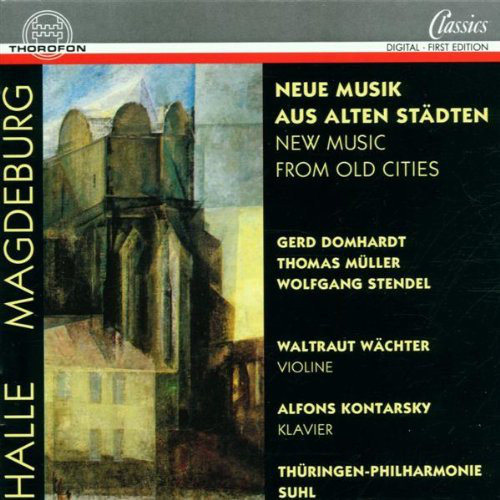"Harpsichord Solo (Poulenc Remix)" [2.9 MB .mp3]
Made these harpsichord samples a few years ago, from a vinyl version of Francis Poulenc's Concert champêtre. This remix includes some passages "straight" except for tempo changes and a middle section where the sampler does its thing. I don't own the rights, fair use, etc. (Poulenc himself was a known "borrower.") This hybrid exists as a thought-experiment-hopefully-with-entertainment-value.













